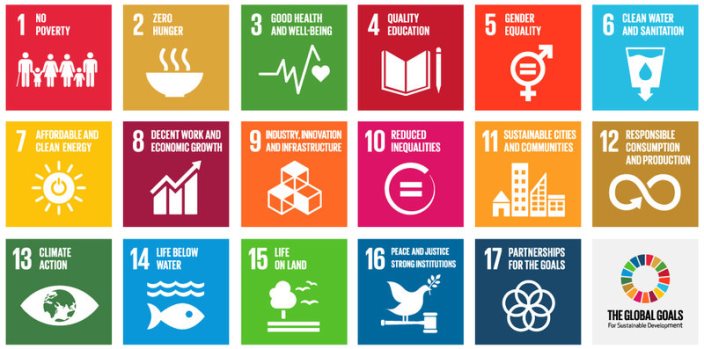Smart brains in action: 17 Sustainable Develoment Goals (SDGs) To Build A Better World
 You may have already seen in the news that the U.N. Dreams Big: 17 Huge New Goals To Build A Better World (NPR):
You may have already seen in the news that the U.N. Dreams Big: 17 Huge New Goals To Build A Better World (NPR):
“At the United Nations General Assembly this weekend in New York, U.N. member states are set to adopt the new Sustainable Development Goals. The goals are meant to guide development priorities around the globe over the next 15 years.…
The MDGs dealt primarily with poverty, education and health in the poorest countries. The SDGs hit all of those topics but also tackle global inequality, environmental issues and access to technology.”
To learn more about this landmark agreement, you can visit the UN’s website on Sustainable Development Goals.
Many of the goals and subgoals refer to health, educational and technological priorities where the applied neuroscience and SharpBrains community can be of great help, especially:
- 3.4. By 2030 reduce by one-third pre-mature mortality from non-communicable diseases (NCDs) through prevention and treatment, and promote mental health and wellbeing
- 3.5. Srengthen prevention and treatment of substance abuse, including narcotic drug abuse and harmful use of alcohol
- 3.6. By 2020 halve global deaths and injuries from road traffic accidents
- 3.11. Support research and development of vaccines and medicines for the communicable and non-communicable diseases that primarily affect developing countries, provide access to affordable essential medicines and vaccines, in accordance with the Doha Declaration which affirms the right of developing countries to use to the full the provisions in the TRIPS agreement regarding flexibilities to protect public health and, in particular, provide access to medicines for all
- 4.1. By 2030, ensure that all girls and boys complete free, equitable and quality primary and secondary education leading to relevant and effective learning outcomes
- 4.2. By 2030 ensure that all girls and boys have access to quality early childhood development, care and pre-primary education so that they are ready for primary education
- 4.6. By 2030 ensure that all youth and at least x% [to be decided] of adults, both men and women, achieve literacy and numeracy
- 4.7. By 2030 ensure all learners acquire knowledge and skills needed to promote sustainable development, including among others through education for sustainable development and sustainable lifestyles, human rights, gender equality, promotion of a culture of peace and non-violence, global citizenship, and appreciation of cultural diversity and of culture’s contribution to sustainable development
- 5.8. Enhance the use of enabling technologies, in particular ICT, to promote women’s empowerment
- 17.6. Enhance North-South, South-South and triangular regional and international cooperation on and access to science, technology and innovation, and enhance knowledge sharing on mutually agreed terms, including through improved coordination among existing mechanisms, particularly at UN level, and through a global technology facilitation mechanism when agreed
- 17.7. Promote development, transfer, dissemination and diffusion of environmentally sound technologies to developing countries on favourable terms, including on concessional and preferential terms, as mutually agreed
- 17.8. Fully operationalise the Technology Bank and STI (Science, Technology and Innovation) capacity building mechanism for LDCs by 2017, and enhance the use of enabling technologies in particular ICT
We look forward to finding, every day, new and better ways to build a better world!
The SharpBrains Team


